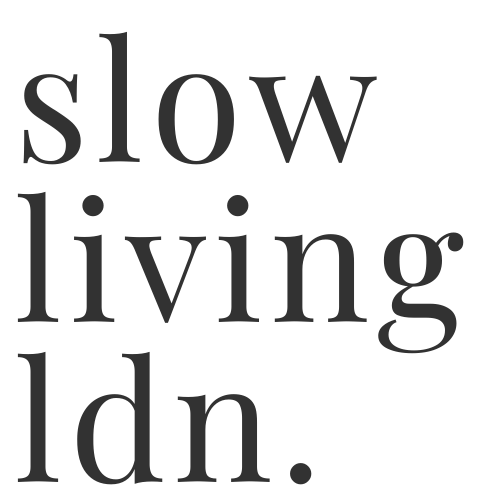You have no items in your cart. Want to get some nice things?
Go shopping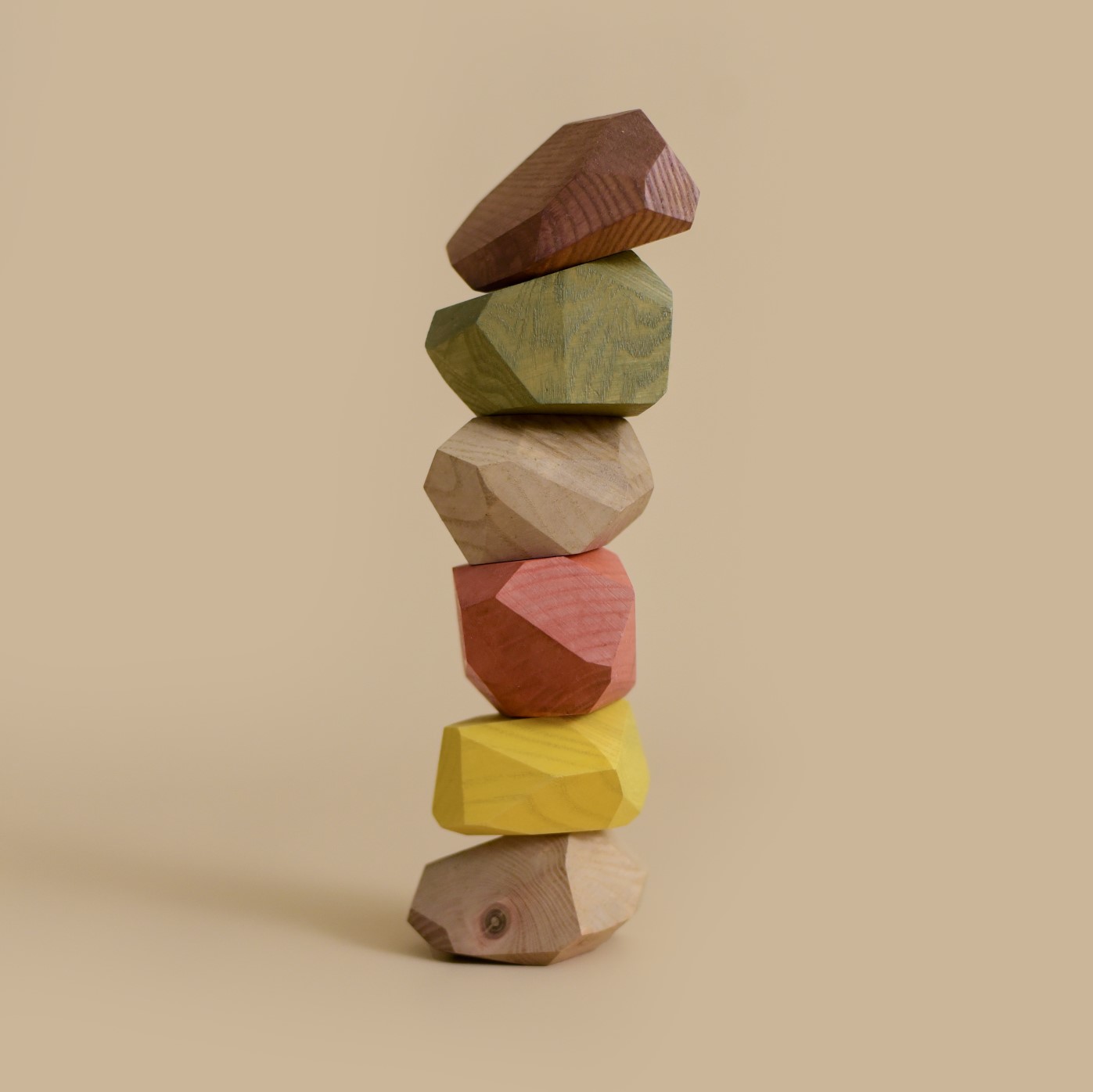
It’s difficult to find eco-conscious alternatives that also win points on affordability and convenience. The rental economy hopes to be just that solution.
The rental economy follows the growing success of the sharing economy. The sharing economy often focuses on services which connect consumers, like AirBnB or Uber, while the rental economy tends to be more direct, allowing access to products without an intermediary. Products can include anything from tools to e-bikes and sofas.
Some believe the rental economy offers the opportunity for consumers to try before they buy, switch up their fashion and interiors style more sustainably, or find a short term, economical solution to their needs.
Others, however, call the delivery element of rental services into question. A study in the Finnish scientific journal Environmental Research Letters compared five different scenarios relating to owning and disposing of a pair of jeans, including rental, recycling and reusing. Repeated rental of the jeans actually had the highest ‘GWP’ (global warming potential’) due to the increase of transport and delivery. The study assumed the jeans were used 200 times in all scenarios. Arguably, however, jeans are an unlikely candidate for rental, and the items we tend to use less often when we own them outright, like occasionwear, could actually see more lifetime value via rental.
We all know the most sustainable solution will always be to buy less but buy better, reduce the number of items in production and reuse what we already have. But what are the benefits of the rental economy, especially when you only need an item for a fairly short period of time? And are there benefits beyond sustainability?
An Interview with Borrow and Nest
We spoke to Kate, founder of Borrow and Nest, which offers plastic-free toy rental to help ‘keep homes, and our planet, full of play and free of clutter’ to understand how the rental economy is encouraging slower, more conscious consumerism for parents. For those with children and without, it’s a thought-provoking conversation which challenges our shopping habits and the pressure to constantly consume.
Tell us about founding Borrow and Nest. Where did the inspiration come from and how has it shaped the brand’s ethos?
Kate Wightman: ‘The inspiration came from my own wants and needs as a new mum. My daughter Peggy was born in the middle of the pandemic – there were no visitors, no play dates, no sensory classes. I was determined to give her everything she needed but was also sure I didn’t want to, and couldn’t afford to, fill my house with every all-singing, all-dancing toy available. I felt like my brain was already full of newborn baby fog and didn’t need filling with clutter. We also moved when my daughter was 3 months old, so I was desperately trying to turn a house into a home and was really reluctant to introduce lots of bright, bold colours that didn’t reflect us as a family.
I was also very aware of the general consumption and waste suddenly associated with this very tiny person! I didn’t have family or friends to inherit things off so buying second-hand was an obvious alternative, but I didn’t have the time to hunt local charity shops or the energy to trawl through marketplaces. Buying second-hand also only felt like half a solution. I couldn’t rely on those channels to stock the quality toys I liked, in good condition, with all the parts intact. And whilst buying second-hand does of course extend the toys lifecycle and delay it ending up in landfill, as the end consumer I’d be left with the responsibility and admin of deciding where it would go next!
Renting just made sense. A concept where families can try a range of toys from a range of brands without the risk, investment, and storage space associated with buying new. Where families can keep children inspired and engaged, without contributing to waste. Where families can choose quality wooden toys that they wouldn’t otherwise have access to. Where families can enjoy toys for as long as they enjoy them, guilt and hassle free.
Borrow and Nest was born!’
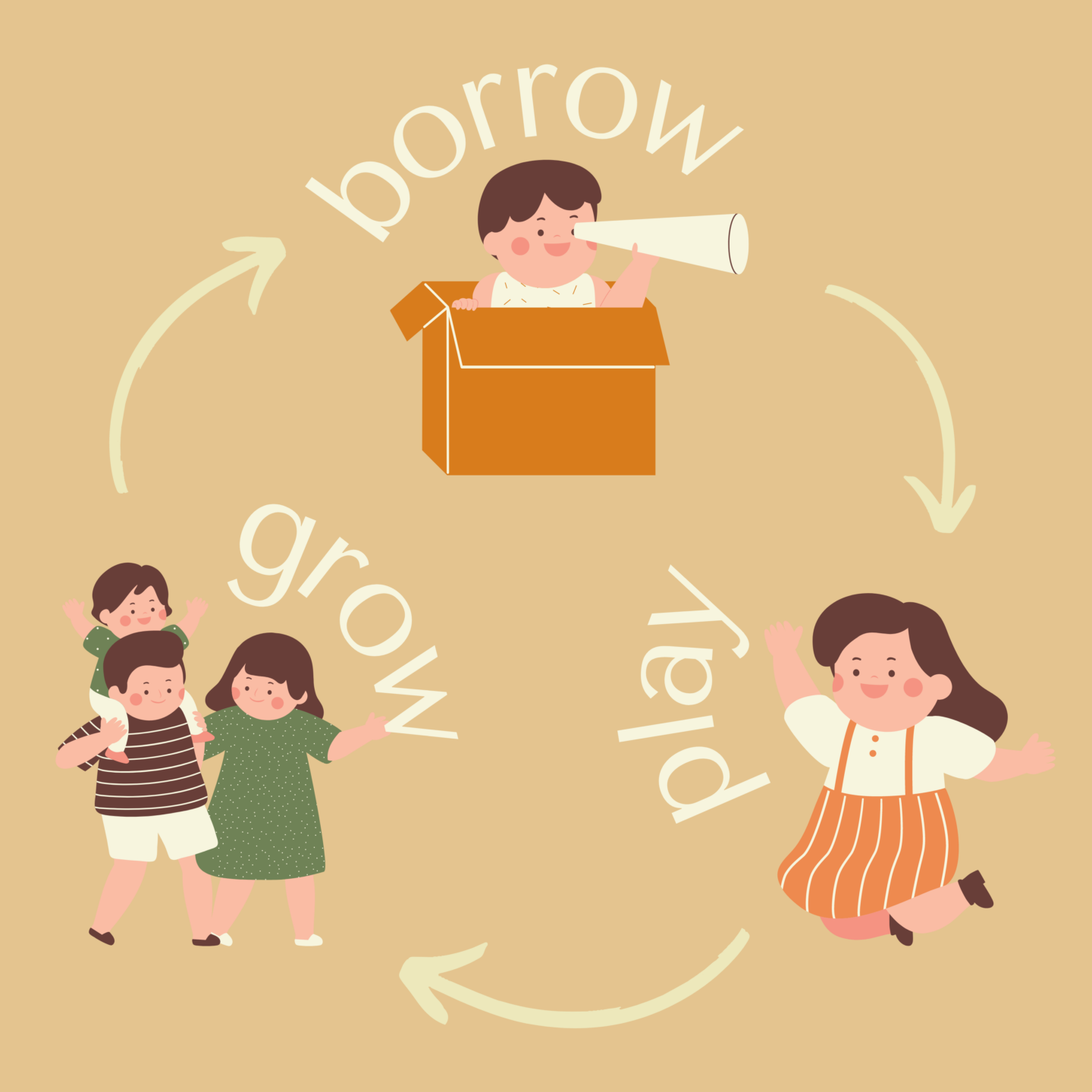
How do you select and curate toys for Borrow and Nest?
Kate: ‘Our toys are all hand selected by me. Again, often steered by our own needs as a family. I understand how quickly children develop and change so have this in mind when looking for new stock. I also like to keep in touch with local communities, our wonderful customers, and anyone else we meet along the way. We are always looking for feedback and insight to guide us in our next steps. Nobody knows what parents need better than parents!
I was clear from the beginning that I didn’t want to stock plastic toys. New parents already have a head full of decisions and responsibility, so I wanted to remove the worry surrounding plastic consumption for them completely. As a parent creating a solution for parents, it is also important to me to stock toys from family, and predominantly female, run businesses. The small business community is incredible, and so I like that to be reflected in our toy’s journey. Whilst trying to be as sustainable as we can, we stock toys designed and made in England or Europe where possible. The similarity between all of our wooden toys is that they are beautifully designed, some directly inspired by art and nature. They are all gender neutral and chosen for their simple colour pallets – they would not look out of place on display around the home. They are also well made, built to last, and pass all necessary safety standards.
We launched with a curated collection of small toys like stackers, puzzles and instruments. These are the toys that children obsess over for a month or two, and then completely loose interest in. The plan is to expand with a larger range of bigger toys like bouncers and walkers. These are the toys that no one wants to store in their house/loft/cellar/shed for years to come!’
How do you think the rental economy can change children’s relationships with their toys? What are the wider benefits?
Kate: ‘As a new mum I was completely overwhelmed by the number of things out there marketed at new parents and their babies. After just a couple of months I was already feeling the pressure from advertising, social media, family, and friends to keep up with the long list of latest must haves. I think our relationship with children’s toys needs to start here; ideally with big brands and industry leaders, but also with us as parents. There is definitely still a stigma surrounding second-hand which we will be subconsciously passing on to the next generation.
If we look at young children that haven’t yet been influenced by our own preconceived ideas, they’ve got it right. They don’t mind, or even notice, if something is second-hand. They don’t mind if a toy shows signs of wear and tear, because it’s brand new to them. They also don’t enjoy a toy more because you spent more money on it, or time looking for it. In fact, you can guarantee it’ll be the exact opposite.
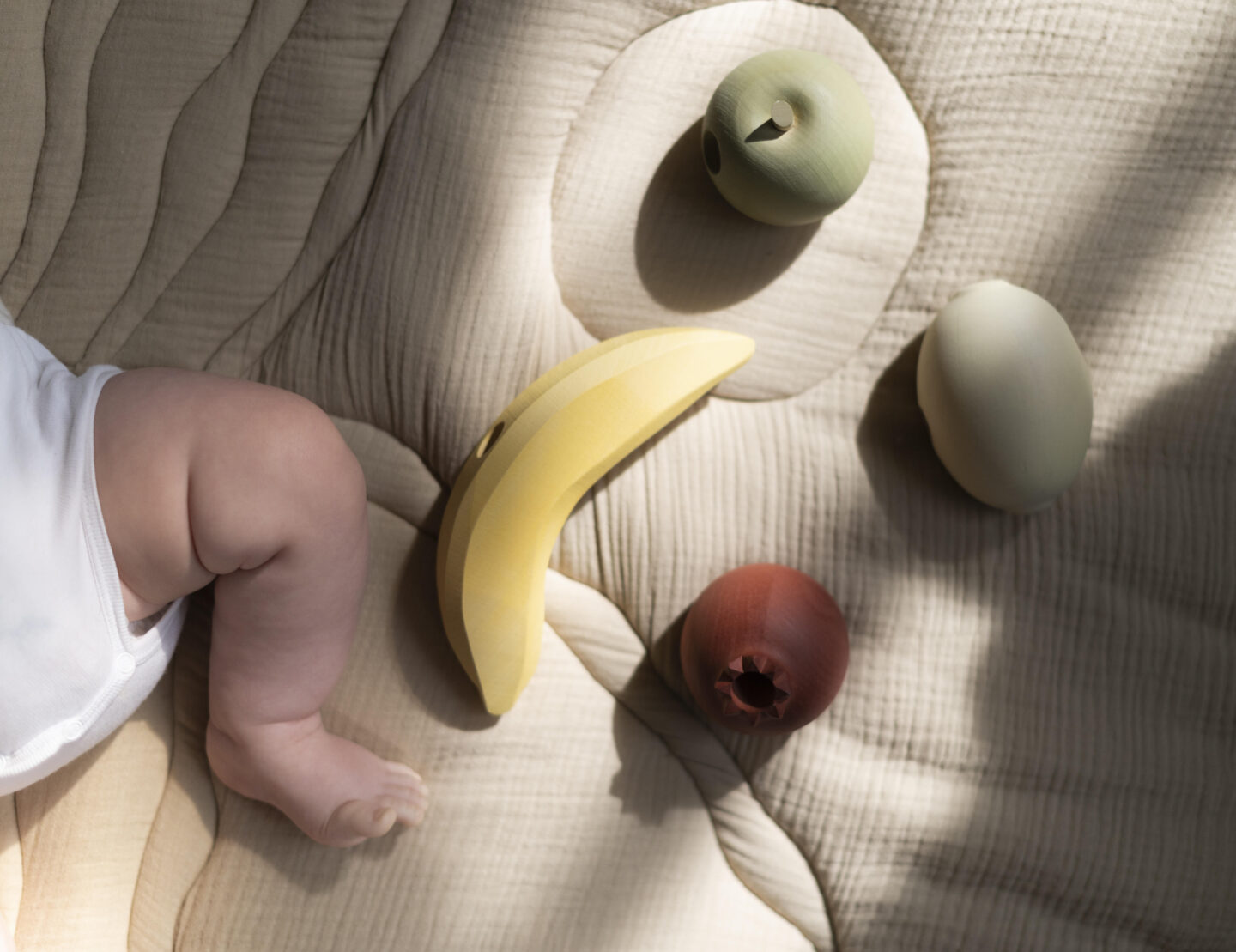
I think if children are exposed to the idea of second-hand as early as possible, this can only be a good thing. Our collection is like a shared playroom for all our customers – if we can educate children about the benefits of a circular economy and the importance of sharing with others, then that is a great start. We can all be guilty of wanting exactly what we want when we want it, but the funny thing is – once we’ve owned it for a day or two, it’s not new anymore. Toys that would otherwise be forgotten about under the bed, can be rehomed for another child to enjoy.
‘Our collection is like a shared playroom for all our customers – if we can educate children about the benefits of a circular economy and the importance of sharing with others, then that is a great start.’
Renting also encourages children to be more imaginative and creative with fewer resources. There is lots of research that suggests the whole family benefits from a calm and considered living space. With fewer toys children are less likely to feel overwhelmed, and more likely to choose one activity and stick with it for longer – which improves their concentration and gives you 5 to put the kettle on.’
Have you got any advice for parents with young children who are trying to create calm living spaces?
Kate: ‘Gosh I never feel in a position to be giving advice to anyone, especially parents! But speaking from experience I found the following helpful:
- Try to designate areas of your home especially to your children and their toys, it helps to prevent toys from creeping into every room and onto every surface.
- When looking to acquire new toys try and think to your self ‘does this make me feel calm?’ if it doesn’t, it probably won’t make your child or your home feel calm either.
- Look at what you already have available. For example, I was contemplating buying Peggy some new bath toys but it felt so unnecessary. So instead, I raided the cupboards and 9 months later she is still perfectly happy with empty shampoo bottles and those little water jugs that come with your iron!’
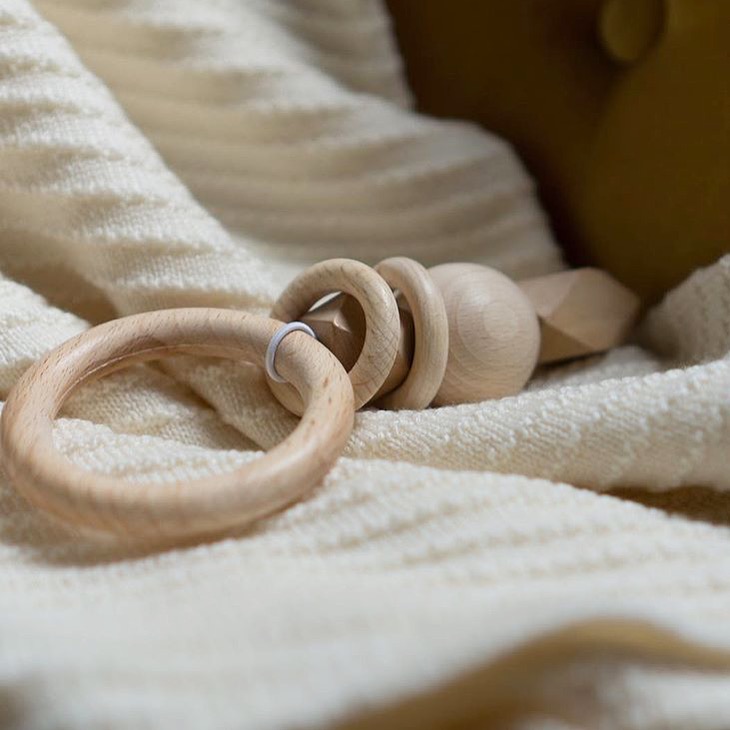
What do you think the future looks like for the rental economy?
Kate: ‘It may just be the hopeful optimist in me, but I really do think that renting for our children will become a new norm.
Since launching Borrow and Nest I have come across so many families that are in the process of creating slower, gentler, lifestyles for themselves. Some people are definitely embracing the change and looking for alternatives instead of just accepting things as they are.
‘Since launching Borrow and Nest I have come across so many families that are in the process of creating slower, gentler, lifestyles for themselves.’
I don’t expect that every family will rent all of their children’s toys, or clothes, that’s unrealistic. Some things are designed to be kept and treasured forever, they become heirlooms. I have some beautiful wooden toys from my childhood that my daughter plays with now and that’s really special. But if renting can fill gaps in a child’s playroom and work with or enhance the toys they have, then it’s progress and it’s great!’
You can explore Borrow and Nest at borrowandnest.co.uk and on Facebook and Instagram.
All images were kindly provided by Borrow and Nest.
